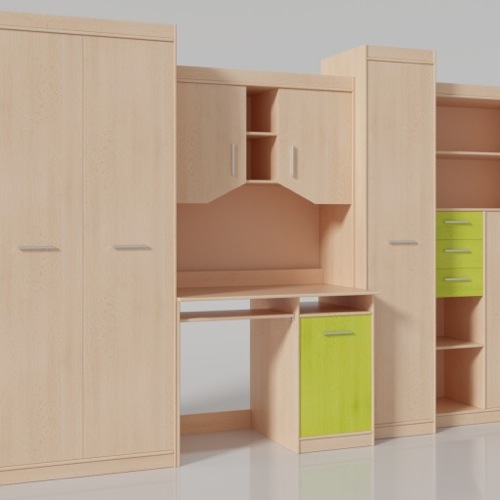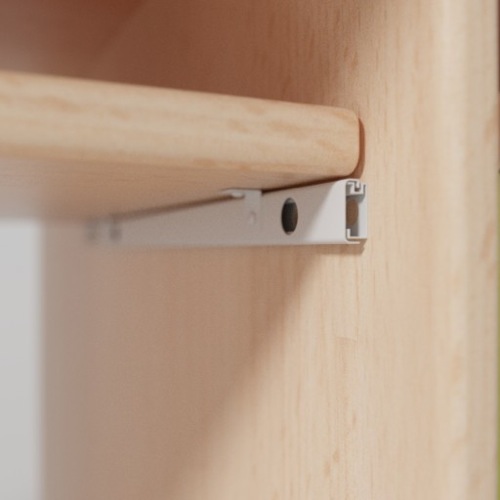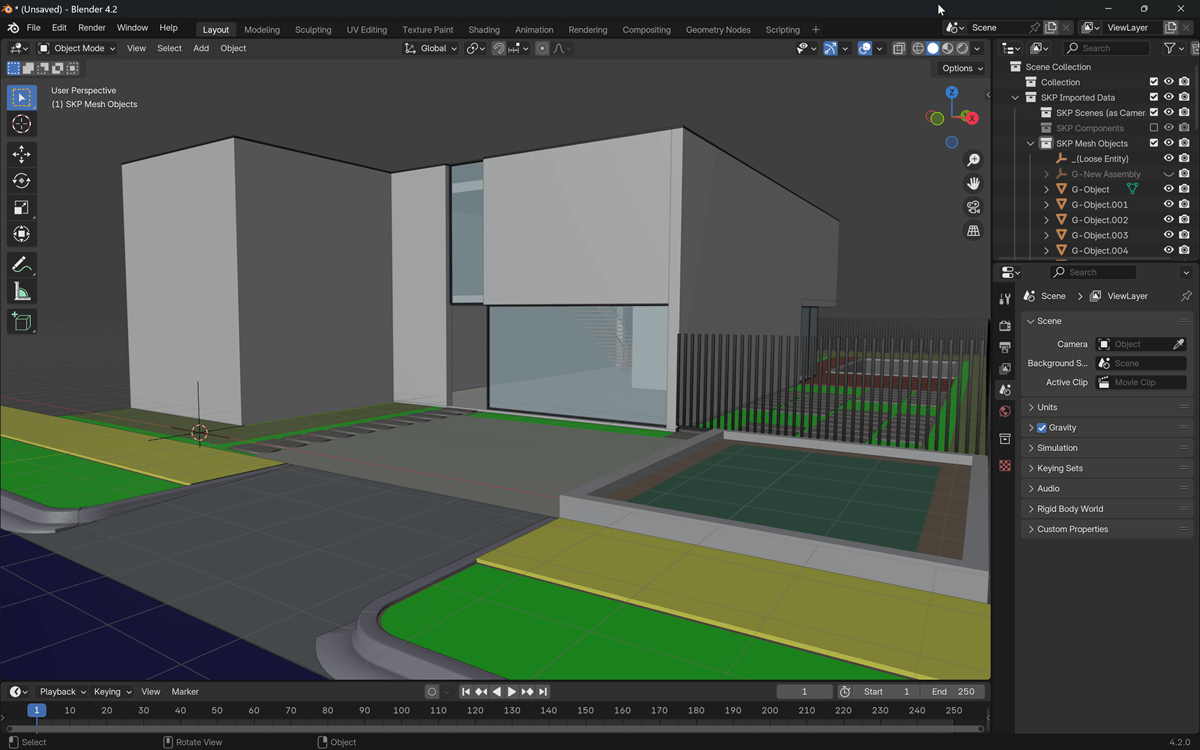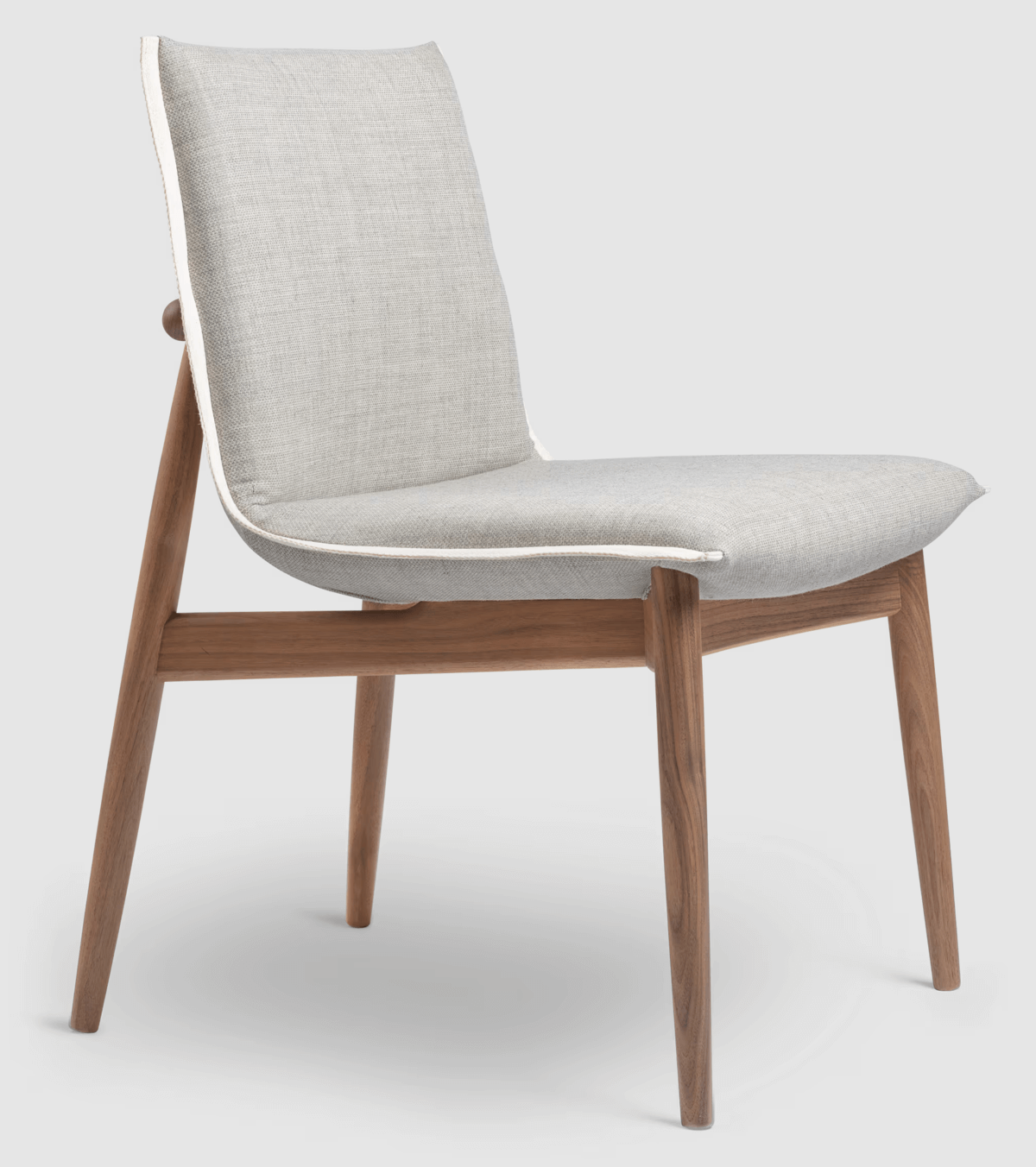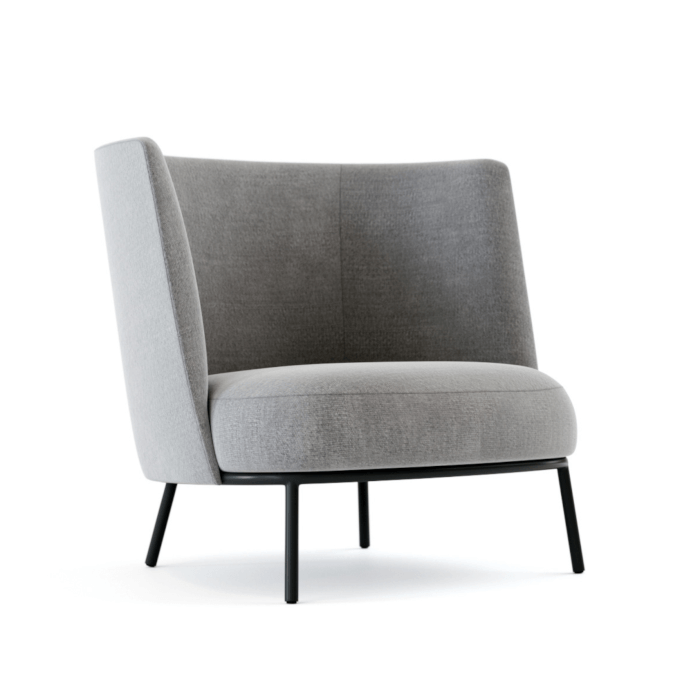
An architectural visualization artist has a lot of tasks during a regular workday, and we can place the “collect new furniture models” on top of the list! If you ever tried to create a project where key furniture was missing, you know how important it may become to build a large library with lots of furniture for your projects. One of the sources I often use is BlendSwap, and since most of the models there are free to download and have a creative commons zero license, we can get some incredible models without any licensing concerns.
Here is one that I found a few weeks ago, and was created by an artist called sadaj72 and it is wardrobe set with some nice details. The models are ready to be rendered with Blender Cycles and if you want to download them, all you have to do is visit BlendSwap and create a free account.

